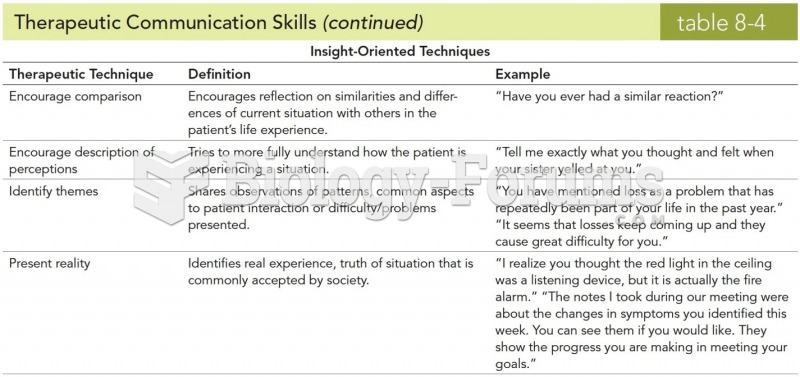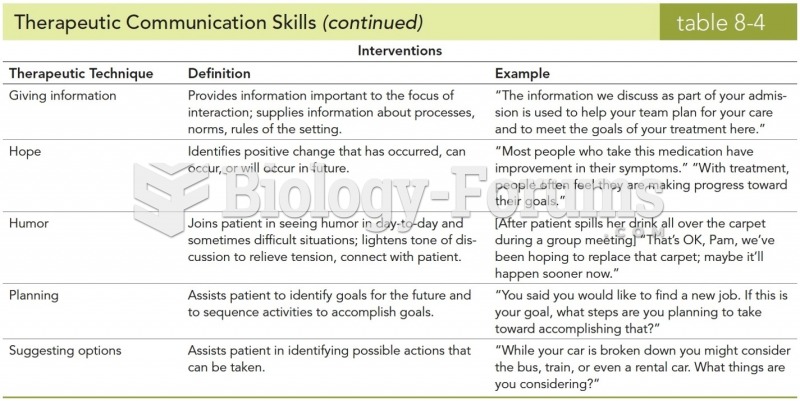Answer to Question 1
ollowing are examples of strategies a teacher might teach Joy (all of them are mentioned or implied in the textbook). The response should include five strategies, including at least one that will enable Joy to transfer academic subject matter to new situations.
Show her how to plan her studying so that she spreads her learning over several days or weeks.
Help her identify a quiet place to study.
Give her some strategies for taking good notes (e.g., identifying main ideas, supplementing main points with concrete examples).
Provide a general structure or format that she might use in taking notes.
Encourage her to think about what she already knows about the topic and to relate new material to it. (This one should promote meaningful learning and so should also promote transfer.)
Show her ways of elaborating on what she is learning, perhaps through mutual question-asking sessions with a study partner. (Elaboration should promote transfer.)
Show her strategies for organizing information (e.g., outlining, concept mapping). (To the extent that potential applications are included in the organizational scheme, this one should promote transfer.)
Give her questions that she should try to answer as she reads and studies. (If one question is How might I apply this? or some reasonable facsimile, this one should promote transfer.)
Teach her to monitor her comprehensionfor instance, through self-explanation or self-questioning. (Depending on the form that comprehension monitoring takes, this one might promote transfer.)
Teach her to how summarize what she is studying.
Teach mnemonics for hard-to-remember information.
Foster more sophisticated epistemic beliefs (e.g., help her see that knowledge of a topic involves more than just memorizing isolated facts). (Depending on how this strategy is implemented, it might promote transfer.)
Show her how to set realistic goals for her studying.
Teach her to reinforce herself for keeping to her study schedule.
Answer to Question 2
C







